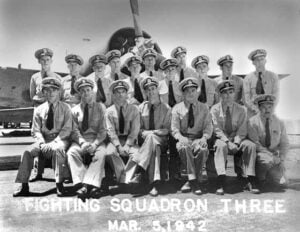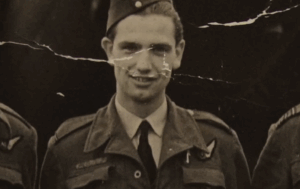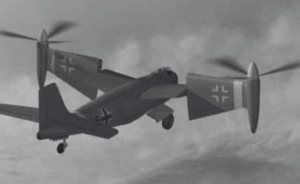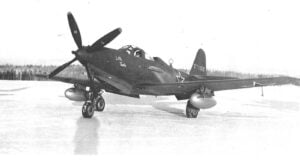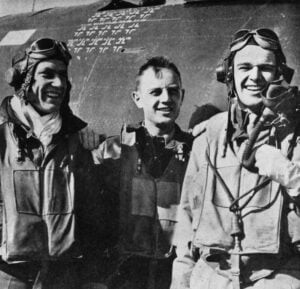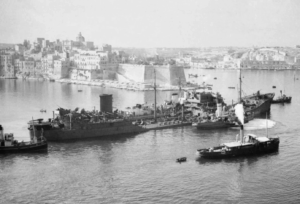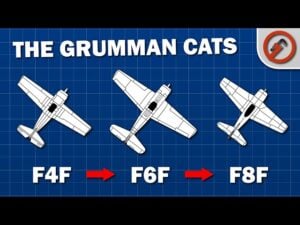Which One Had The Edge: Beaufighter vs Mosquito
YouTube / WW2 Headquarters
The Royal Air Force fielded two of the most versatile and effective strike aircraft of World War II: the Bristol Beaufighter and the De Havilland Mosquito. Though both were twin-engine, multi-role machines, their reputations couldn’t be more different. One was a rugged, unsung bruiser. The other, a sleek thoroughbred that dazzled in every role. But when it comes to raw effectiveness, which one truly had the edge?
Firepower vs Finesse
The Beaufighter was a brawler. Armed with four 20mm cannons in the nose—more than any Allied fighter—and six .303 machine guns, it was a devastating gun platform. It could also carry rockets, bombs, torpedoes, and even a modified 57mm anti-tank gun. This wasn’t a fighter that danced—it punched hard and kept coming.
View this post on Instagram
The Mosquito, meanwhile, wasn’t built for brute force, but for speed. Nicknamed “The Wooden Wonder,” it was made largely of wood, giving it a lighter frame and lower radar signature. It could still carry a comparable bomb load to a B-17, but did so at over 400 mph—100 mph faster than the Beaufighter. It relied on agility, not armor.
View this post on Instagram
Versatility in Action
The Beaufighter saw action everywhere—from the dark skies of Britain as a night fighter to anti-shipping raids in the Mediterranean and Pacific. It thrived in climates that warped the Mosquito’s wooden frame and was more forgiving in rough conditions. It flew low, hit hard, and got out fast.
The Mosquito had a broader mission set. It served as a pathfinder, a bomber, a reconnaissance platform, and a fighter. It could strike deep into enemy territory without escort, and its high speed made it nearly untouchable at altitude. But at low levels, it could be vulnerable to flak and fighters.
View this post on Instagram
Legacy
While the Mosquito gets more attention—and rightly so for its innovation and impact—the Beaufighter was the RAF’s first true multi-role strike aircraft. It fought from 1940 well into the postwar years, setting the standard for what would later become known as “strike fighters.”
View this post on Instagram
In the end, it’s not about which was better, but how they complemented each other. The Mosquito may have been the showstopper—but the Beaufighter was the bare-knuckle brawler that cleared the path. Together, they helped shape the future of air combat.














